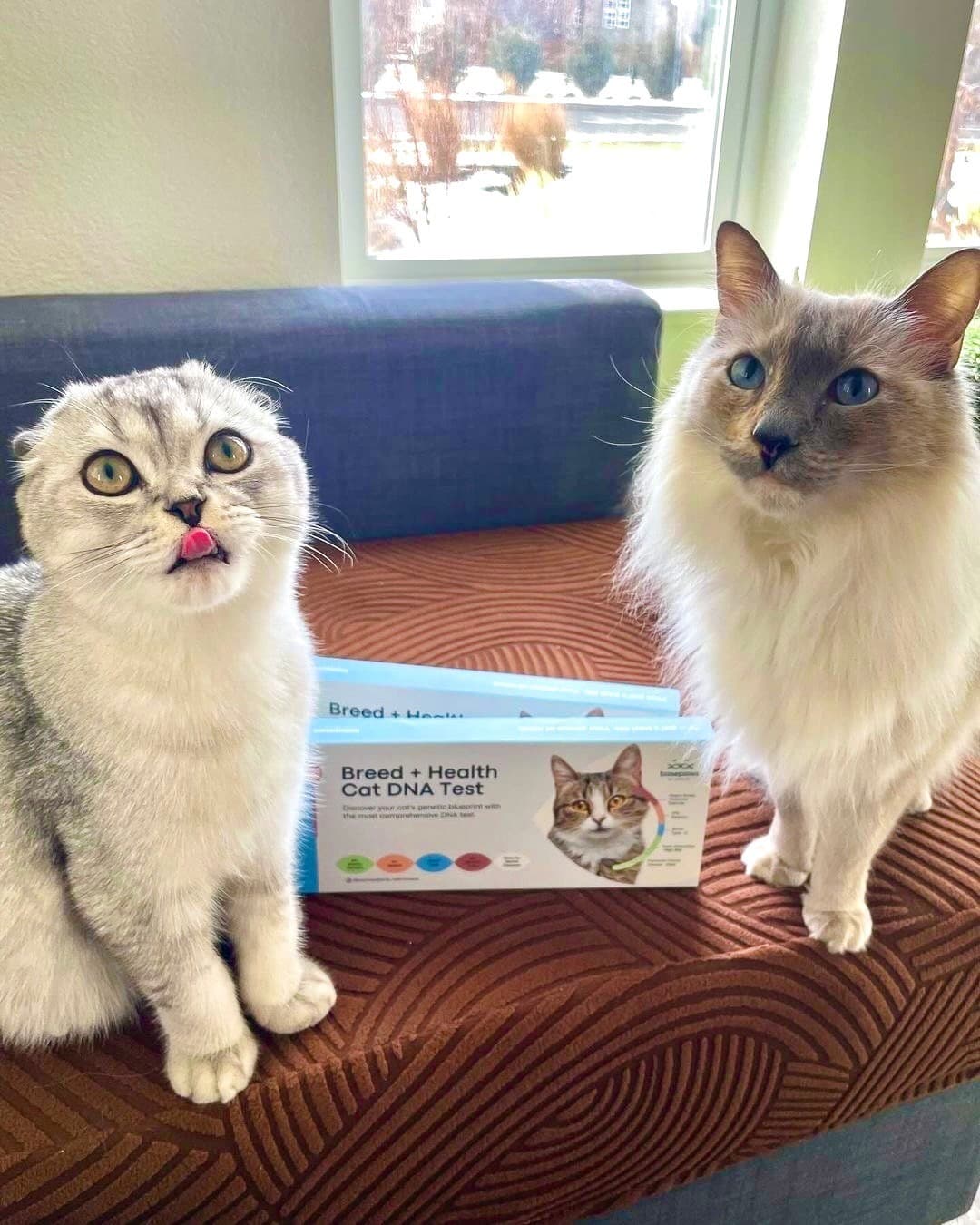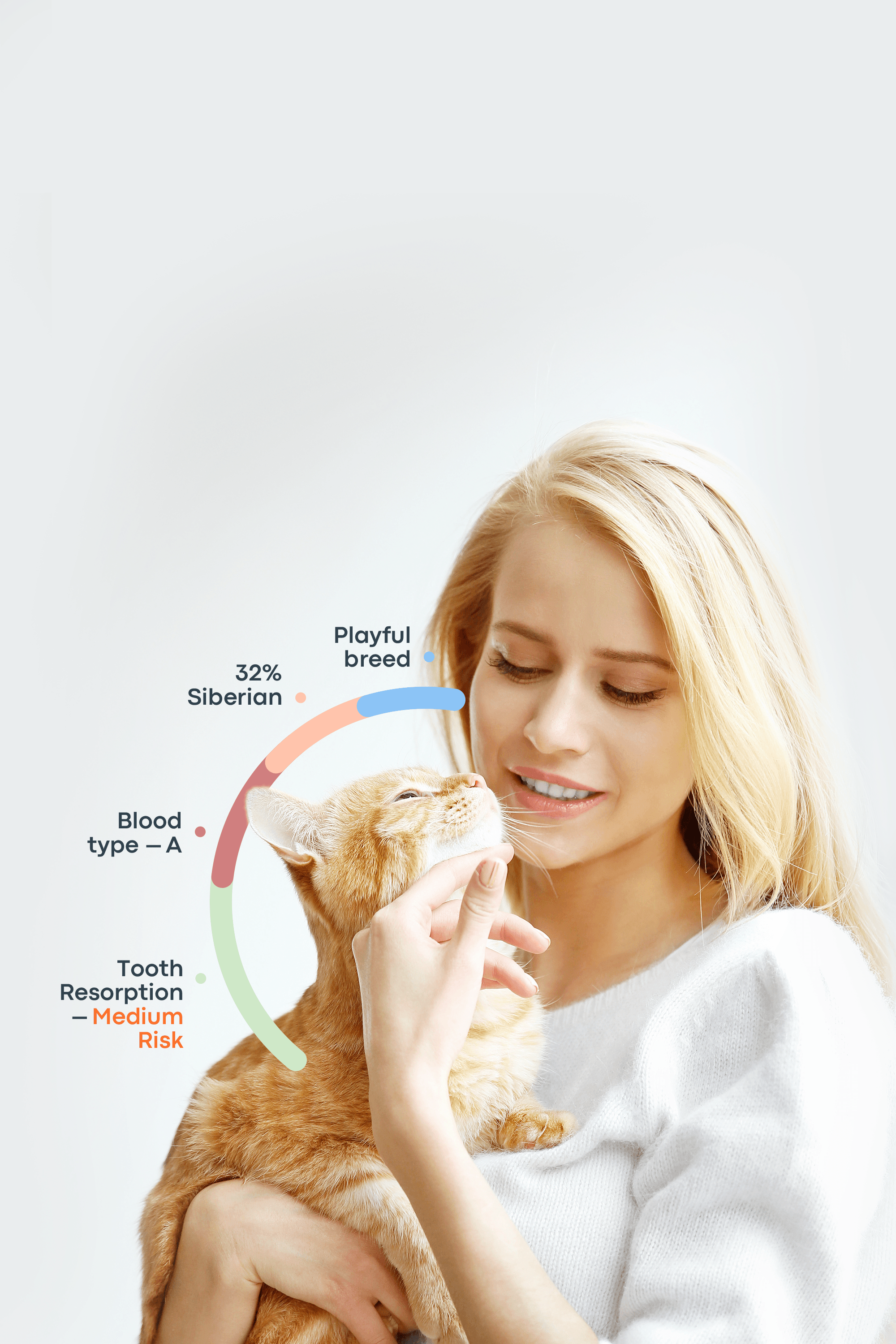
Cat Genetics


Most orange cats are male, but the number of female kitties is higher than one might think. The main reason behind this is the unique genetics of the orange coat. There might also be some truth to the rumors that ginger felines have distinctive personality traits.

Unique traits like extra toes and ears or bobtails are fascinating and attract lots of attention from cat fans, but they result from changes in genes. While these changes contribute to the diversity of cat populations, they can also cause illnesses. So, understanding your cat’s genetics helps keep them in good health. Let’s learn some of the physical changes caused by genetic changes in cats.

Basepaws provides pet parents like you with comprehensive DNA tests and informative resources to help your cat to live their best life. A quick and easy at-home swab of your kitty's mouth offers a world of valuable information about their unique breed mix, genetic predisposition to 43 health conditions, and genetic traits responsible for their fabulous appearance.

